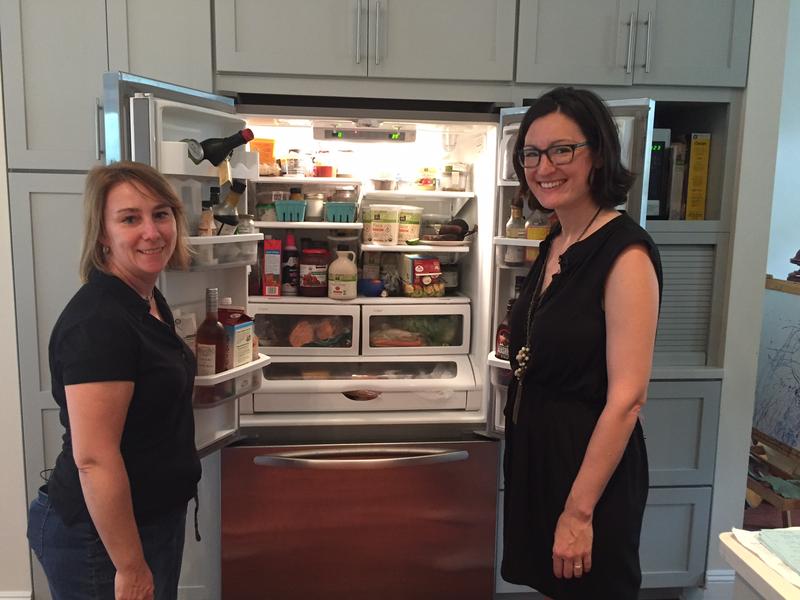
Our host Mary Harris invited microbiologist Susan Perkins into her home to talk germs, mold and what exactly makes something clean or dirty. Perkins is co-curator of a microbes exhibit at the American Museum of Natural History exhibit, The Secret World Inside You. She has some tips about germs, and how to have a healthy home.
- Keep the toothbrush away from the toilet. Every time you flush a toilet the microbes inside are sprayed outside the bowl. Not a great place to keep something that’s going in your mouth.
- Fruit should be kept dry and cold. Moisture introduces more microbes to those summer berries, so it’s best to keep them in a dry container. Bananas belong in the freezer as soon as they go brown so they don’t rot.
- Your TV is probably gross. Your TV is electrostatic so it attracts dust and other invisible microbes. You might not think to clean it too often, but it’s literally a magnet for germs.
- The smell test is real. Perkins says “we’ve evolved to detect rotten food.” So if you think something in your fridge seems funky, it’s probably a good idea to toss it out.
- Eggs and butter don’t always need to be refrigerated.* As long as it isn’t too hot or left unwrapped, these foods are pretty safe on their own. Since eggs are in their own natural case, they can actually survive a couple of weeks without refrigeration.
- Dogs are great for your microbiome. Dogs help spread microbes between family members or roommates, and a diverse microbiome makes us healthier and more resilient.
Click here to see the video and learn more!
*Note: Eggs in their completely natural form (think right out of the chicken) don't need to be refrigerated for a while, but eggs that have been washed and refrigerated (like most in the U.S.) after leaving the farm will need continued refrigeration.
